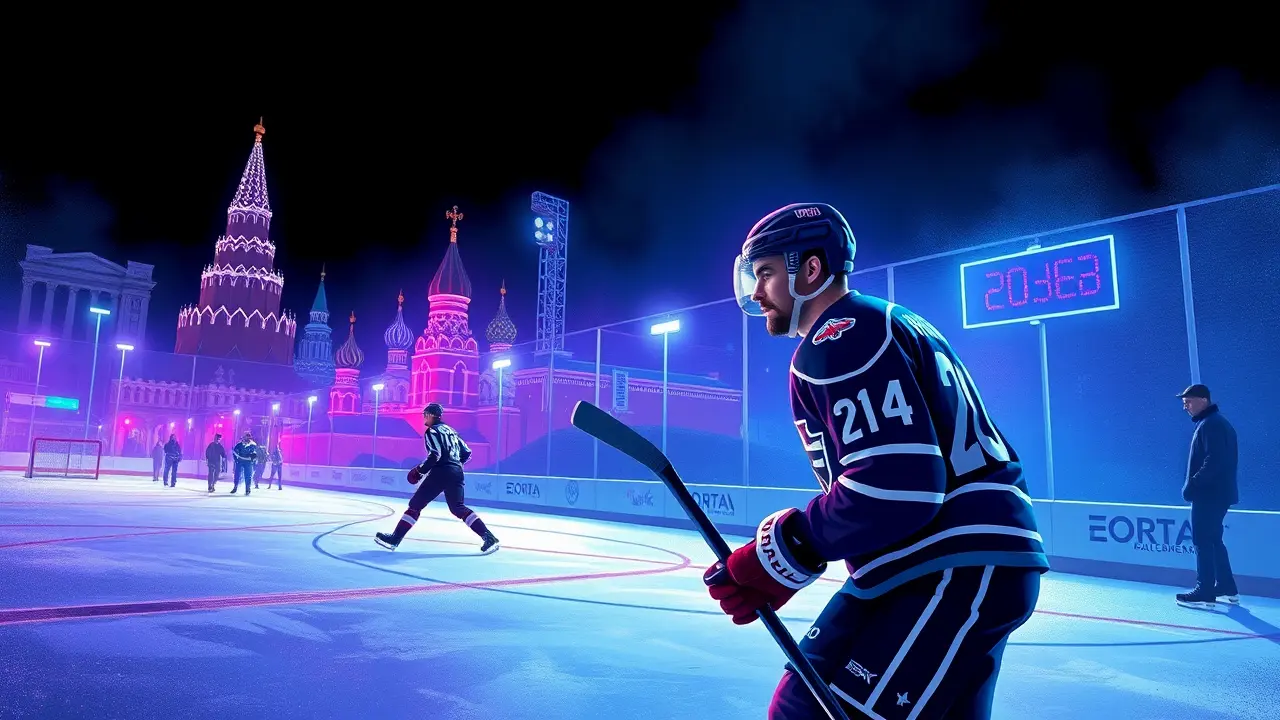Hockey Player Compares Safety in Moscow and US Cities
In a candid locker-room chat that feels more like catching up with an old friend than a formal press conference, Spartak defenseman Christian Jaros dropped some serious truth bombs about the stark differences between walking the streets of Moscow and navigating American cities during his NHL stints with San Jose, Ottawa, and New Jersey. Picture this: you're just a hockey guy from Slovakia trying to make it in the big leagues, and suddenly you're facing down a dude with a kitchen knife on a main street in San Jose.Jaros didn't need a highlight reel to remember that moment; he just gave the guy a wide berth and kept it moving, a play that's nowhere in the coaching manual. That's the kind of unscripted drama that makes you rethink the whole 'American dream' narrative, right? He breaks it down with the casual clarity of a veteran analyzing a power play: Columbus? It's cool, mostly.But Newark, especially near the arena? That's a whole different game, one where you're constantly checking your six. The real mic-drop moment comes when he compares the mental load.In Moscow, he's strolling around at 3 AM without a care in the world, a level of comfort that lets him just focus on his game and his family. Back in the States, that constant shoulder-checking, that low-grade anxiety of always scanning your surroundings—it's exhausting, man.It's the difference between playing on home ice with the crowd behind you and being on a grueling road trip where every shift is a battle. And he's not alone in this take; he's heard the same from other legionnaires who've made the jump to Russian clubs.They all echo the same sentiment: the safety net in Russia feels a lot more secure. For Jaros, it's not just about stats on a sheet; it's about the quality of life for his wife and kid.When your family feels safer walking to the park, that's a win more valuable than any two points in the standings. It’s a perspective that goes beyond sports, touching on culture, mentality, and the simple, human need to feel secure in your own neighborhood—a reality that, for many in the U.S. , remains a constant, grinding challenge.
JA
Jamie Larson123k2 days ago
reading this from the year 2099, still relevant smh the more things change the more they stay the same
0
